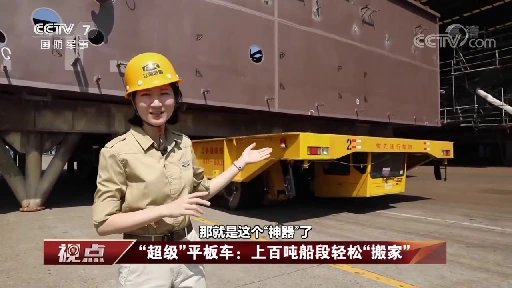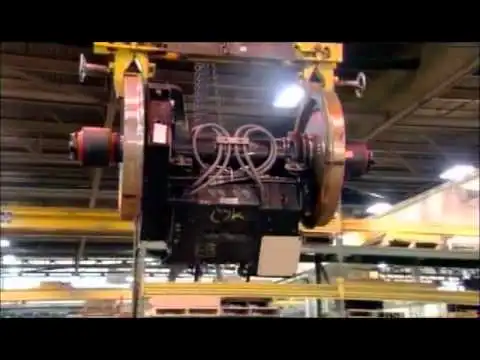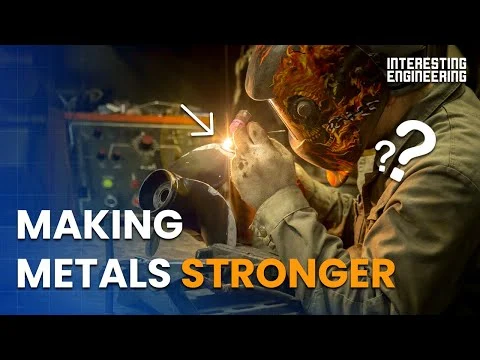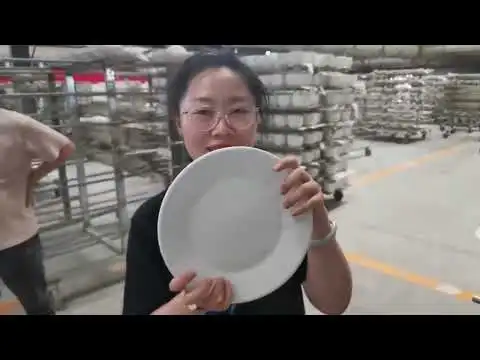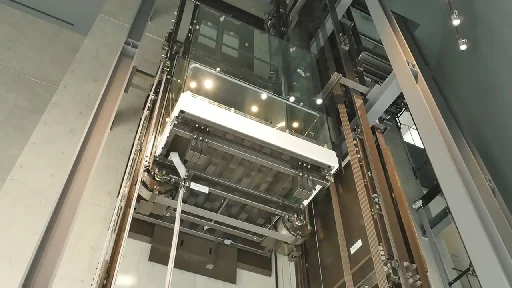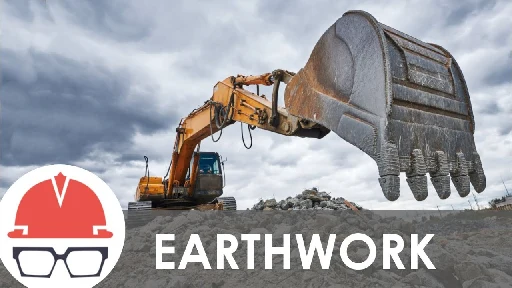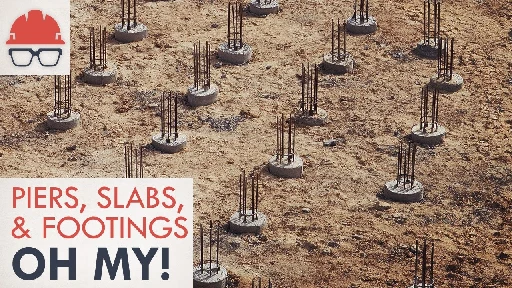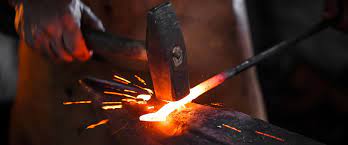
-
How Mushrooms are Grown & Processed | Modern Mushrooms Farming Technology | Food Factory
The dystopian life of a modern mushroom...
-
CSIS now says that China’s control over gallium is a national security threat for US
features.csis.org Mineral Monopoly: China’s Control over Gallium Is a National Security ThreatChina has secured a virtual monopoly over gallium, a critical mineral used to produce microchips in advanced military technologies. Failing to de-risk gallium supply chains could have serious security and economic consequences for the United States and its allies.

cross-posted from: https://lemmy.ml/post/2274037 ___ Excerpts:
> Decades of sweeping industrial policies have afforded China a near-total monopoly over gallium, a critical mineral used to produce high-performance microchips that power some of the United States’ most advanced military technologies. Recent moves by Beijing to restrict the export of gallium have laid bare the need for Washington and its allies to de-risk their critical mineral supply chains.
> China produces a staggering 98 percent of the world’s supply of raw gallium.
> Gallium is primarily extracted from smelting bauxite into aluminum, through which trace amounts of gallium can be recovered.
> While bauxite is abundant, its mining is heavily concentrated in a handful of countries, and Chinese companies are responsible for nearly all gallium extracted from bauxite.
> The United States and other advanced economies purchase gallium from China and refine it further for use in commercial and military applications.
> A 2022 analysis by experts from the U.S. Geological Survey (USGS) found that a 30 percent supply disruption of gallium could have cascading effects that cause a roughly $600 billion decline in U.S. economic output, or 2.1 percent of GDP. [...] The European Union and Japan have likewise identified gallium as a strategic raw material important for national security.
> The Chinese government put this vulnerability on display in early July 2023 when it announced a slate of export restrictions on gallium metal and key gallium compounds (including GaN and GaAs) in response to recently implemented export controls on advanced chips and chipmaking equipment put in place by the United States, Japan, and the Netherlands. Within the first week of the announcement, gallium prices jumped 27 percent as global traders rushed to secure their supply.
> Chinese companies, empowered by financial and political support from Beijing, have emerged as key players in the production of gallium-based chips. Innoscience, a leading Chinese manufacturer of gallium-based chips, operates two of the world’s largest GaN fabrication facilities and has expanded overseas with offices in the United States, Europe, and South Korea.
> Losing ground to Chinese firms in the race for more capable and powerful compound semiconductors will put the United States on the back foot in developing next-generation technologies that will be crucial to military power and economic competitiveness. Beijing’s active role in creating a flourishing domestic ecosystem for gallium-based chips has already benefited China’s military development.
-
How China became the world's industrial superpower - and why the US is desperate to stop it

YouTube Video
Click to view this content.
-
The Mass-Produced Metros of China | Rapid Transit Standardization
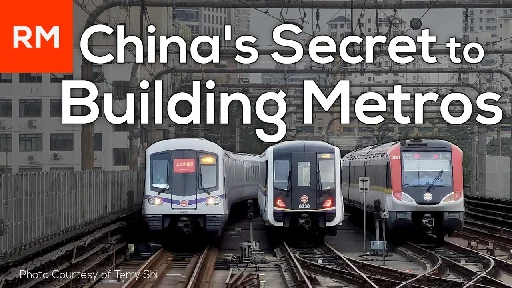
YouTube Video
Click to view this content.
-
South Korean companies that invested in US semiconductor factories will have to limit their capacity at their Chinese factories to 5 percent or less for 10 years to receive US subsidies
> There are significant concerns that South Korea could end up losing its cutting-edge semiconductor technology as the US continues prioritizing the revival of its domestic semiconductor industry.
> South Korean companies that invested in the US to build semiconductor factories will have to limit their manufacturing capacity at their Chinese factories to 5 percent or less for 10 years in order to receive US subsidies.
> While the new regulations are less strict than the previously feared total ban on upgrading manufacturing facilities in China, the shackles being imposed by the US on the domestic semiconductor industry remain weighty.
> On Tuesday, the US Department of Commerce announced detailed regulations of the guardrails concerning subsidies for semiconductors. Countries with semiconductor manufacturing factories in China will be able to expand production by up to 5 percent and companies will still be able to produce more semiconductor chips from one wafer through technological development.
...
> The excessive information demanded as a condition to receive subsidies from the US, runs the risk that South Korea’s advanced semiconductor technology and business secrets could be leaked. There is even one clause that requires the return of certain subsidies if companies earn more than a certain amount in profits.
...
> Although the Biden administration emphasizes the importance of alliances through diplomacy and security, there has been a growing perception in the economic field that the US is causing damage to the alliance with its attitude of “America first” and protectionist policies.
- invidious.flokinet.to Process of Making Ball Bearings. A Mechanical Parts Manufacturing Factory in Korea.
Process of Making Ball Bearings. A Mechanical Parts Manufacturing Factory in Korea. 😀 Thank you for watching our video! ❌ This video does not contain paid advertisements- 🎬 Contact : [email protected] - We are conducting free filming for small business owners and SME representatives who...
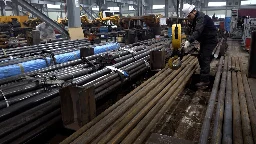
-
China’s Mega Projects: Energy (CGTN documentary)
yewtu.be China’s Mega Projects: EnergyEnergy is driving the rapid development of China’s economy. Challenges have to be overcome to protect the environment. Check out this episode of the documentary series, China’s Mega Projects. Subscribe to us on YouTube: https://goo.gl/lP12gA Download our APP on Apple Store (iOS): https://itunes.ap...
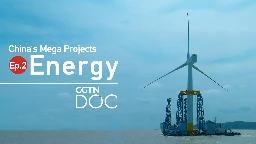
the whole series is really interesting
-
Mapping Faultlines: Algeria, Spain, Morocco and Tussle Around Natural Gas (Video from May 9, 2022)
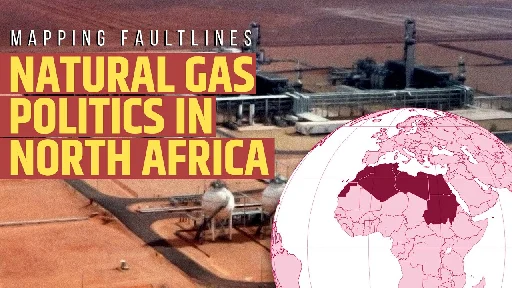
YouTube Video
Click to view this content.
Trying to learn more about the role of natural gas in this region due to the recent U.S. call for sanctions on Algeria. This video provided a seemingly decent overview, although I'm not very familiar with the region or this channel, so if someone spots major problems in their statements, please let me know.
-
Process of Making Traditional Rice Cooker by Cutting Huge Stone. Korean Pot Factory (Captions explain process)

YouTube Video
Click to view this content.
Watch a big stone get cut in half
-
Maritime shipping routes and their main destinations
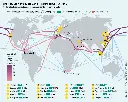
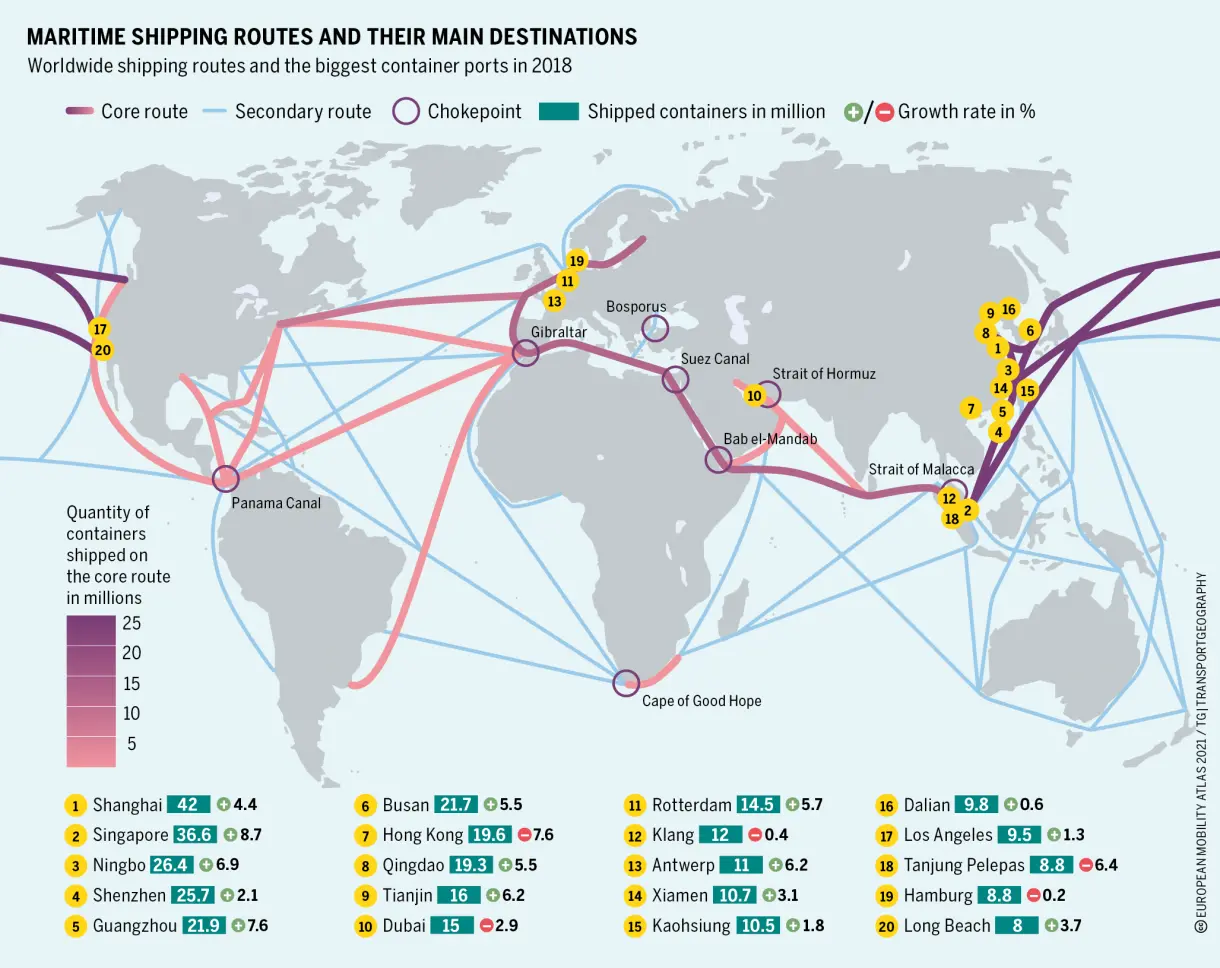
Source: https://eu.boell.org/en/shipping-setting-sail-challenges-for-sea-transport
Article seems to mainly be about the environmental impacts of maritime shipping, but I just thought the image was helpful for understanding the general picture of maritime shipping routes. I don't have a lot of knowledge on the topic atm, just sharing what I found while looking into the topic.
I found this one too:
-
Construction of Woven Bamboo House in the Rift Valley Mountains in Southern Ethiopia
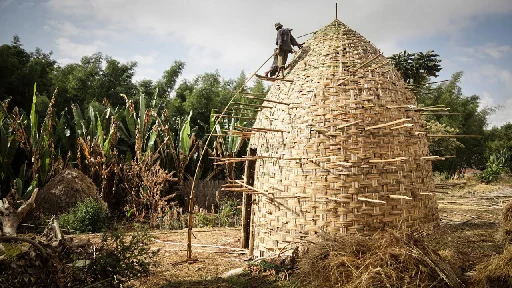
YouTube Video
Click to view this content.
-
Bentwood Architecture of the Orma Women Builders in East Kenya
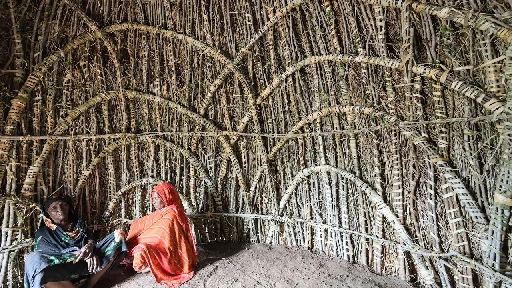
YouTube Video
Click to view this content.
> The house is unusually high, with a raised up bed, and this is to protect the occupants from the occasional flooding of the river Tana. All the natural materials are gathered from within a few kilometers of the village. Essentially it is a bentwood frame lashed together into a gridshell. The whole structure is strong as it is a natural parabolic dome.
-
Industrial Food Machines
invidious.fdn.fr Food Industry Machines That Are At Another LevelFood Industry Machines That Are At Another Level Prepare to get your mind blown by next-level life hacks, gnarly gadgets, innovative machines, and super satisfying tips on how to get jobs done in a skillful way. Not to mention amazing tools and ingenious inventions doing stuff that’s so visually a...
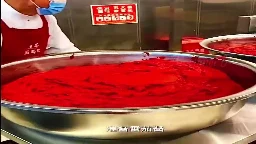
a multi-machine video. It's going very fast. sometimes too fast to be satisfying...
CW: there are dead animals in there. also the commentor doesnt mention what is this funnel in which some chicks are being dropped....
-
How Tower Cranes Build Themselves
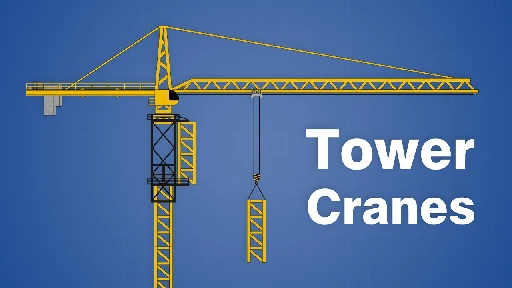
YouTube Video
Click to view this content.
-
Farmers market lies exposed: hidden camera investigation (Marketplace)
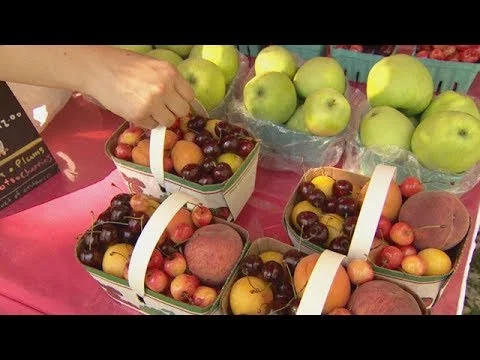
YouTube Video
Click to view this content.
"Is the produce you're buying at the farmers market grown locally? Marketplace goes on an undercover shopping trip and catches vendors lying about where their produce is grown."
At first, I wasn't expecting to find this video very interesting. However, I'm glad I watched it. It doesn't reveal anything that I wouldn't have already assumed was going on, but I found it interesting to see the specific details on farmers markets, which they investigate in Canada and in California, USA to compare and contrast the situations there. I also found it interesting to see the interviews of farmers and the footage of the produce resellers and their business practices and their land.
Of course, as mainstream news media, there is no radical solution proposed here, and the revelation that capitalism incentivizes people to lie is nothing new. But I hope anyone here might also find the video interesting in some way. I think what I liked about it was the specificity of the information, as the reporter goes directly to farmer's markets, speaks directly to sellers and farmers, goes to the land where people claim they are cultivating produce (they are not), speaks directly to regulation enforcement personnel, speaks directly to the people running the market, etc. I thought it was a good look into some of the specific problems in a small scale market.
-
Super Fast Process of Making Sofa. Furniture Factory in Korea

YouTube Video
Click to view this content.
I like this one. Seems like a cool job.
-
The Business of War, CGTN special about arms dealers and how they benefit from conflicts
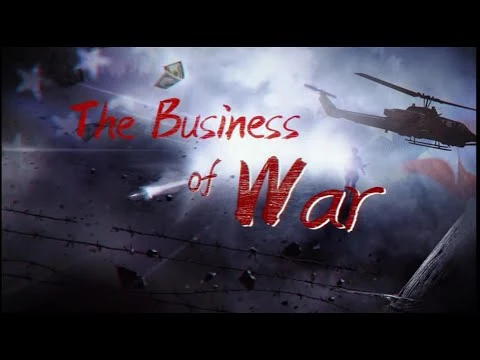
YouTube Video
Click to view this content.
>As the Ukrainian conflict drags on, the U.S. continues to send weapons to Ukraine whilst American arms dealers profit. "The Business of War ", a 30-minute CGTN special, explores the history of U.S. arms dealers and how they benefit from conflicts. The special will focus on 4 chapters – Profit from Conflict, The Military Industrial Complex, Wars & American interests, and American Leadership or Hegemony.
-
This Factory Produces about 5000 pairs of Sneakers in One Day | How It's Made
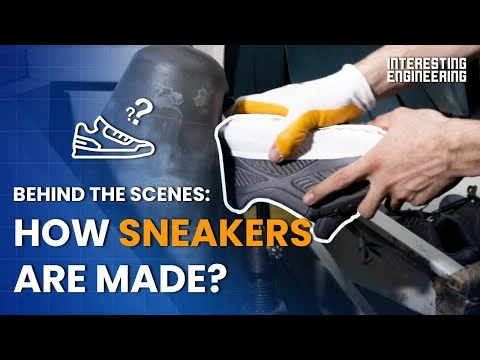
YouTube Video
Click to view this content.
-
One of the largest steel factories in South Korea
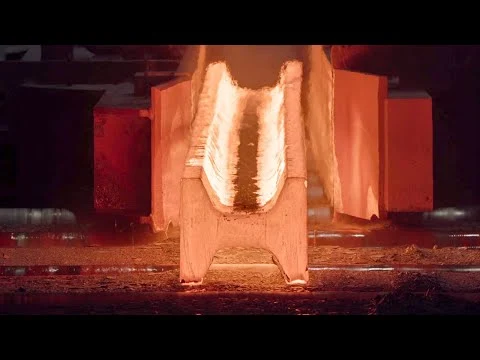
YouTube Video
Click to view this content.
Turn on subtitles to see a description of the process of turning metal scrap into H-Beams
Company is Dongkuk Steel
-
I’m A Twenty Year Truck Driver, I Will Tell You Why America’s “Shipping Crisis” Will Not End
Excerpts from article:
> What is going to compel the shippers and carriers to invest in the needed infrastructure? The owners of these companies can theoretically not change anything and their business will still be at full capacity because of the backlog of containers. The backlog of containers doesn’t hurt them. It hurts anyone paying shipping costs — that is, manufacturers selling products and consumers buying products. But it doesn’t hurt the owners of the transportation business — in fact the laws of supply and demand mean that they are actually going to make more money through higher rates, without changing a thing. They don’t have to improve or add infrastructure (because it’s costly), and they don’t have to pay their workers more (warehouse workers, crane operators, truckers).
> Nobody is compelling the transportation industries to make the needed changes to their infrastructure. There are no laws compelling them to hire the needed workers, or pay them a living wage, or improve working conditions. And nobody is compelling them to buy more container chassis units, more cranes, or more storage space. This is for an industry that literally every business in the world is reliant on in some way or another.
> Since they’re not paying the workers any more than they did last year or five years ago, the whole industry sits back and cashes in on the mess it created. In fact, the more things are backed up, the more every point of the supply chain cashes in. There is literally NO incentive to change, even if it means consumers have to do holiday shopping in July and pay triple for shipping.
-
Film footage of Serra Pelada - A Brazilian gold mine (1988)
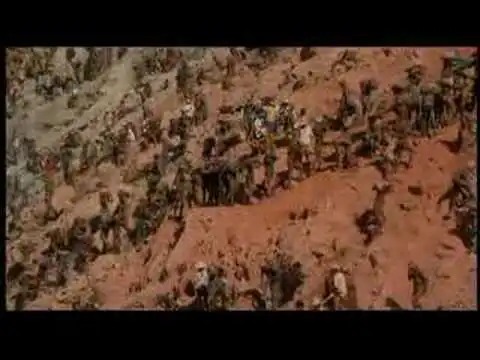
YouTube Video
Click to view this content.
cross-posted from: https://lemmygrad.ml/post/340563
> I think of this whenever people talk about Elon Musk and lithium... we live in a world where fascism won and slavery still exists.
-
Manufacturing Process of Coco Peat Compressed Blocks

YouTube Video
Click to view this content.
Description from the company's website:
> One of the primary revenue generators of Sri Lanka is coconut and coconut based value added products. Significant land area of Sri Lanka has been covered with coconut cultivation. Coir manufacturing is an established industry in Sri Lanka and Grow By Coco can be introduced as a successful consortium set up under the coir manufacturing industry.
-
How Seaweed Harvesters Create One of Korea's Most Precious Fine Dining Ingredients (Gamtae)
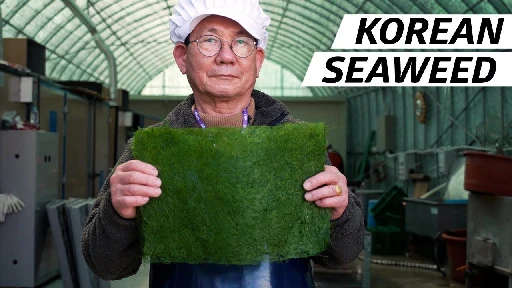
YouTube Video
Click to view this content.
This video is a spotlight of a small business and later some fine dining use of this ingredient. The first half of the video shows the gamtae harvesting and then processing it in the small factory. Later it shows a chef using it in a high-end dish. I thought the harvesting and processing part of the video was interesting to watch.
> Song Cheol Soo, founder of Badasoop, and his daughter Song Joo Jyun harvest gamtae in the Garorim Bay in South Korea, the only country that is able to produce it, so far. Their goal is to spread the word about gamtae and make it more popular worldwide.
-
Smart technologies used in NE China's field management
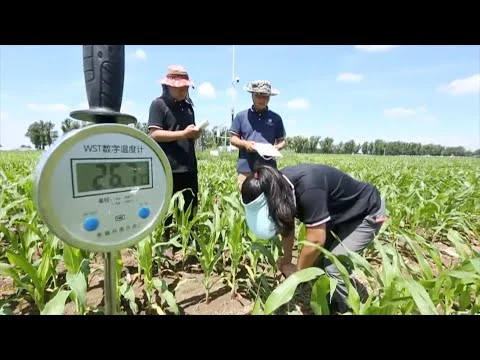
YouTube Video
Click to view this content.
> China's autumn grain growth has entered the critical summer field management period. Some intelligent technologies have been used in northeast China, the country's most significant autumn grain-producing region.
-
My Account: Upgrading China's advanced manufacturing capability

YouTube Video
Click to view this content.
-
How do articles get published in scholarly journals? What role does peer review play in scholarly research and publication?
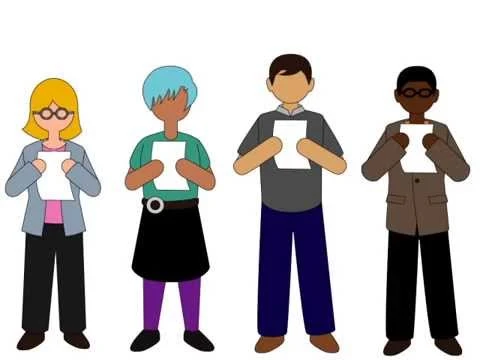
YouTube Video
Click to view this content.
3 minute video explains the process of how articles are published in scholarly journals and what peer review is.
Transcript:
> Scholarly articles. Academic articles. Peer reviewed articles. You may have heard these terms used by your professor, but what do they mean? Essentially,these are all different ways of describing the same thing: research articles that have been published in scholarly journals. But what is a research article, and how does it get published in a scholarly journal? > > First of all, the article reports a scholar's research practice and findings. And, it's written with an audience of other researchers in mind. Finally, in order to be published and accepted by the scholarly community, the article must pass several quality tests. The most important of these tests is called peer review. We can get a better understanding of the role of peer review if we look at the academic publishing process as a whole. > > Let's imagine a researcher who wants to share a discovery with the academic community. To do this, he writes a draft article describing his research and findings and submits it for publication in a scholarly journal. Here's where the article has to pass its first test: The journal's editor reads over the article to decide whether it's a good fit for her journal. If it is, she sends copies of the article to a group of experts to evaluate the article's quality, in a process called "peer review". This is the article's second, and most important, test. These experts are the author's "peers", since they are working in the same research area. And since they are making a judgment about the article, they're sometimes called referees -- so peer reviewed articles are sometimes called "refereed articles". > > Each reviewer evaluates the article by asking questions to judge the quality and significance of the research. Questions like, "What is this research about?" "Is it interesting?" "Is it important?" "Is the methodology sound?" "Are the conclusions logical?" and "Are the findings original?" Based on the answers to these questions, the reviewers decide whether the article is worthy of publication in the journal. They then make a recommendation to the editor -- either approve the article for publication, or reject it. Even if they recommend publishing the article, they usually expect the author to make revisions. The editor, however, makes the final determination whether the article should be approved, rejected, or revised. > > Rejection is common, though. The most prestigious journals are very selective about the articles they publish, so they tend to have high rejection rates: some journals reject more than 90% of the submissions they receive. From the time the researcher first submits his draft article to the time it is finally published, several months - or years - may have elapsed. Once the journal is published, it is made available to subscribers, which are usually university libraries, because individual subscriptions are very expensive, often hundreds or thousands of dollars a year. > > By the way, like all established systems, the peer review system has its critics, and scholars continue to think about how the peer review process might be improved. The library has tools to help you find peer reviewed research. If you want to know more about the peer review process or need help finding peer reviewed articles, ask a librarian for help!
I also saw another video about this that contains much of the same information but also talks about "single-blind review", "double-blind review", and "open review". In single-blind review, the researcher doesn't know who has reviewed their paper. In double-blind review, both the researchers and reviewers don't know who each other are. And in an open review, all parties may know who each other are.
-
Process of Making Products with Silicone. Korea Silicone Factory. Click CC for some explanations

YouTube Video
Click to view this content.
-
Furniture Today explores furniture industry in Vietnam
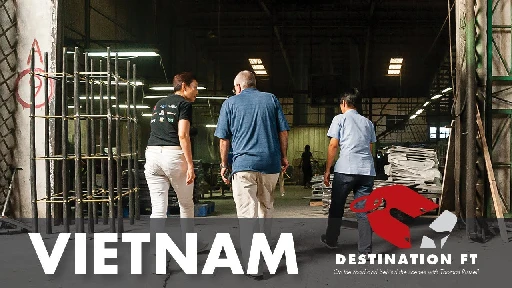
YouTube Video
Click to view this content.
> Furniture Today is a weekly American magazine about the furniture industry.
Pretty interesting video, watch an editor from "Furniture Today" prompted by Trump's tariffs/trade barriers on China, exploring options for moving manufacturing to Vietnam by talking to Western manufacturers in VN and see some footage of furniture factories in Vietnam. Get the perspective of some factory owners/managers etc. while seeing inside their factories.

